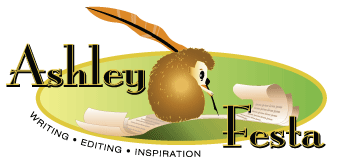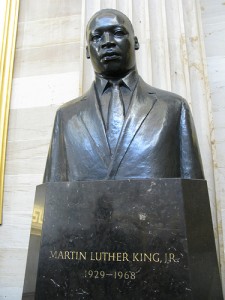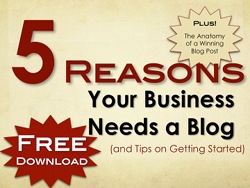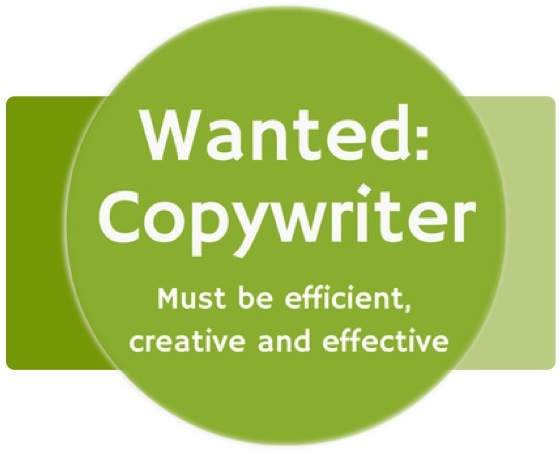The MLK Guide to an Effective Call to Action
When Martin Luther King Jr. spoke of his dreams for America in one of the most influential speeches in all of history, he knew how to incite action from his listeners.
Not only was the content of his speech provocative, his delivery could have moved mountains.
King challenged tens of thousands of civil rights supporters in Washington that day to move toward change and never give up. King so moved Americans of all races that they accepted the challenge back in 1963 and continue to do so today.
Delivering this speech, King used classic call to action techniques to inspire and motivate. By analyzing King’s speech, business copywriters can discover an effective approach to motivate even the most resistant readers.
As we celebrate his birthday, let’s take a look at what made his speech so inspirational.
Motivating Supporters and Skeptics
King’s speech was simple
I have a dream that one day this nation will rise up and live out the true meaning of its creed: “We hold these truths to be self-evident, that all men are created equal.”
Despite the length of his speech, King’s message was simple. “That all men, yes, black men as well as white men, would be guaranteed the ‘unalienable Rights’ of ‘Life, Liberty and the pursuit of Happiness.’” He described the many ways in which this dream might be visible in America, but the message singled out one mission: equality for all.
Business copywriters must keep their calls to action simple as well. Choose the one thing you want your audience to do. Don’t confuse or overwhelm readers with multiple options. Pick the most important one, and focus on that.
King’s speech was compelling
And there will be neither rest nor tranquility in America until the Negro is granted his citizenship rights. The whirlwinds of revolt will continue to shake the foundations of our nation until the bright day of justice emerges.
King explained in no uncertain terms that the issue of civil rights not only refused to be squelched, but would rise up again and again until Americans responded to the call. King made it clear that resistance would only delay the inevitable.
Similarly, business copywriters must communicate a call to action so compelling that readers can’t resist responding. Offering a freebie sparks action, but other reasons can motivate readers too. Find one that works for your audience.
King’s speech was urgent
Now is the time to lift our nation from the quicksands of racial injustice to the solid rock of brotherhood. … It would be fatal for the nation to overlook the urgency of the moment.
Language doesn’t get much more urgent than that. King contrasted America’s current situation with what it could be. He stressed that America must take immediate action before the quicksand drowned more dignity than it had already taken. Ignoring his call to action, he said, would be fatal.
Copywriters must also use urgent language to persuade readers to act immediately on the call to action. Whether it’s a price-won’t-last-long or a don’t-miss-out message, make sure readers realize that they need to take advantage of the offer right now.
King’s speech was easy
With this faith, we will be able to work together, to pray together, to struggle together, to go to jail together, to stand up for freedom together, knowing that we will be free one day.
The changes made during the civil rights movement were certainly not easy. But King made it easy for his listeners to believe they weren’t alone and that change was possible. And believe they did, making those difficult changes possible.
Likewise, business copywriters must make it easy for readers to respond to their call to action. Overwhelm them with too many steps or too much work, and they’ll ignore the call. Motivate readers to act with a quick, easy request.
King’s speech was visible
King gave his speech from the steps of the Lincoln Memorial to 250,000 civil rights supporters during one of the most significant demonstrations in history. The speech was broadcast to millions more. No one can deny that King’s call to action was visible to the American public.
Business copywriters must also ensure that readers notice their call to action. A big red button on a website or email campaign could do the trick. In direct mail, a P.S. statement at the bottom of a sales letter makes a great place to reiterate a call to action. If readers don’t ever see the call to action, they won’t be able to respond to it.
King’s speech understood the audience
I am not unmindful that some of you have come here out of great trials and tribulations.
King clearly understood the hardships many of his audience had suffered. He realized the difficulties that lay ahead. He spoke to those who suffered and painted a picture of a brighter tomorrow, motivating them to stay the course and press onward.
Calls to action in business must also speak a meaningful message to the audience they target. Without an appropriate offer or empathetic language, even the most eloquent call to action will be worthless.
Pull It All Together
Copywriters can’t all be as influential as Martin Luther King Jr. But we can take time to learn from the great motivators of history.
Take the techniques King used to inspires millions of people, and you can write a persuasive call to action that motivates your readers to respond.
Which technique is easiest for you to achieve in your calls to action?
Excerpts from Martin Luther King Jr.’s
“I have a dream” speech via the National Archives.







Leave a Reply